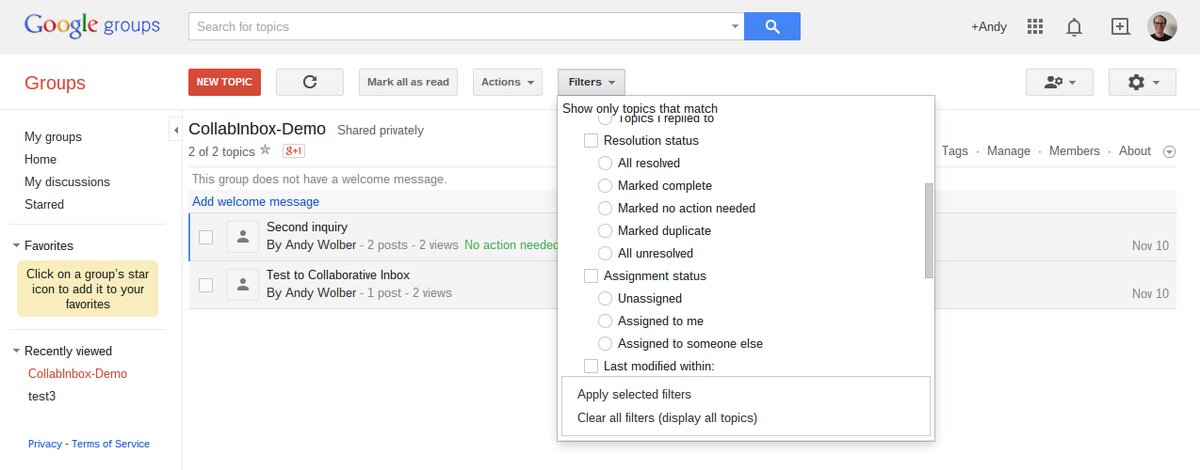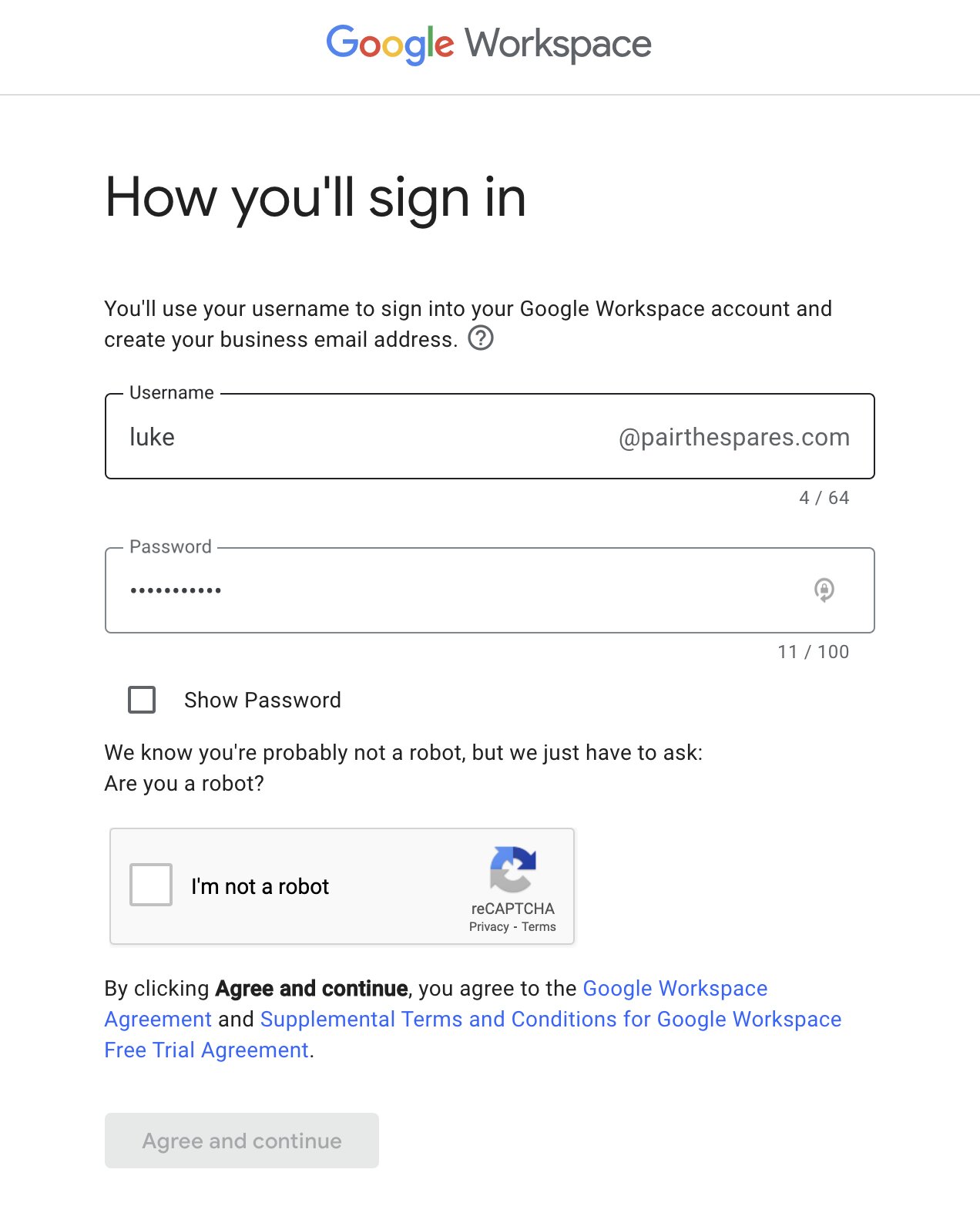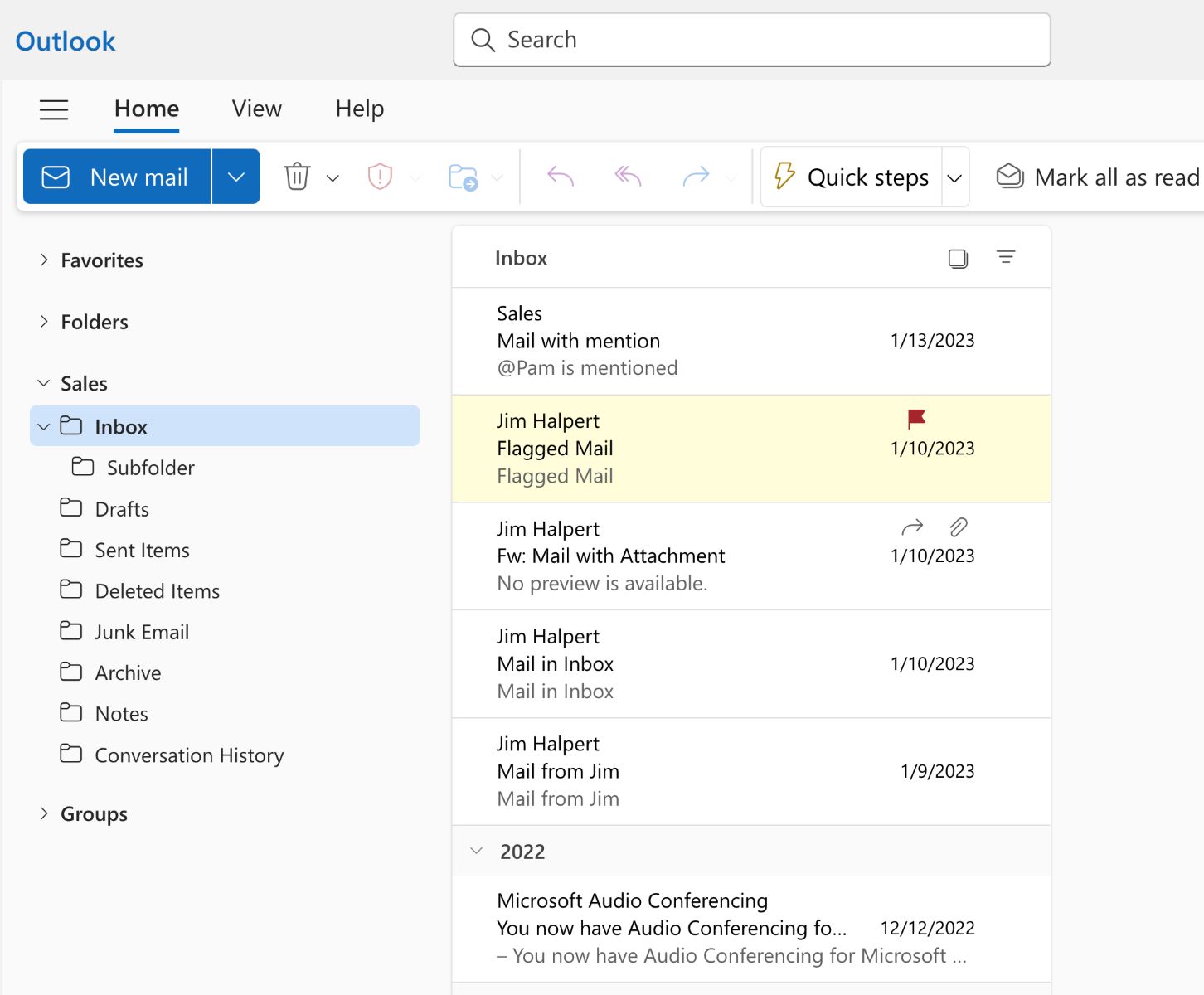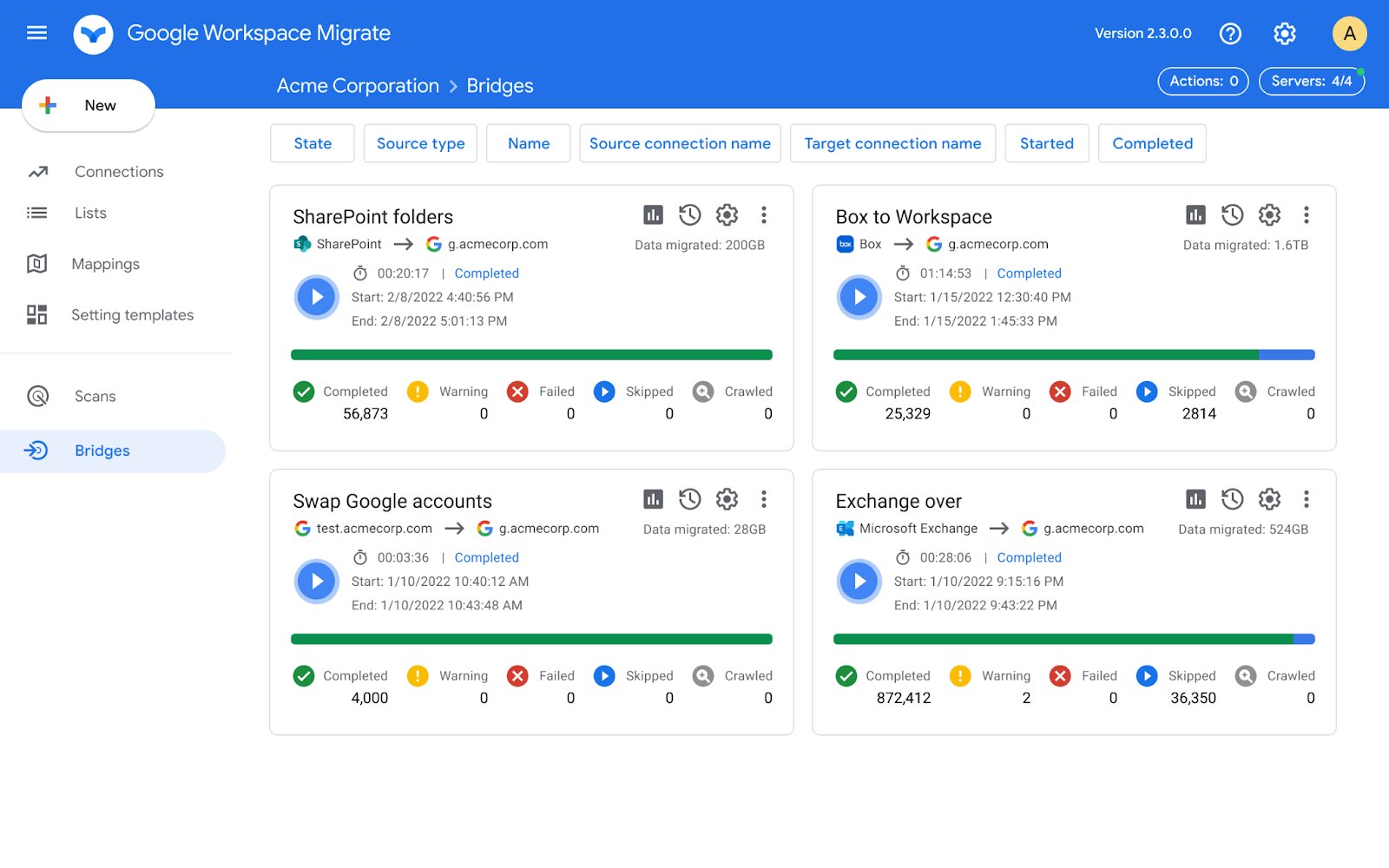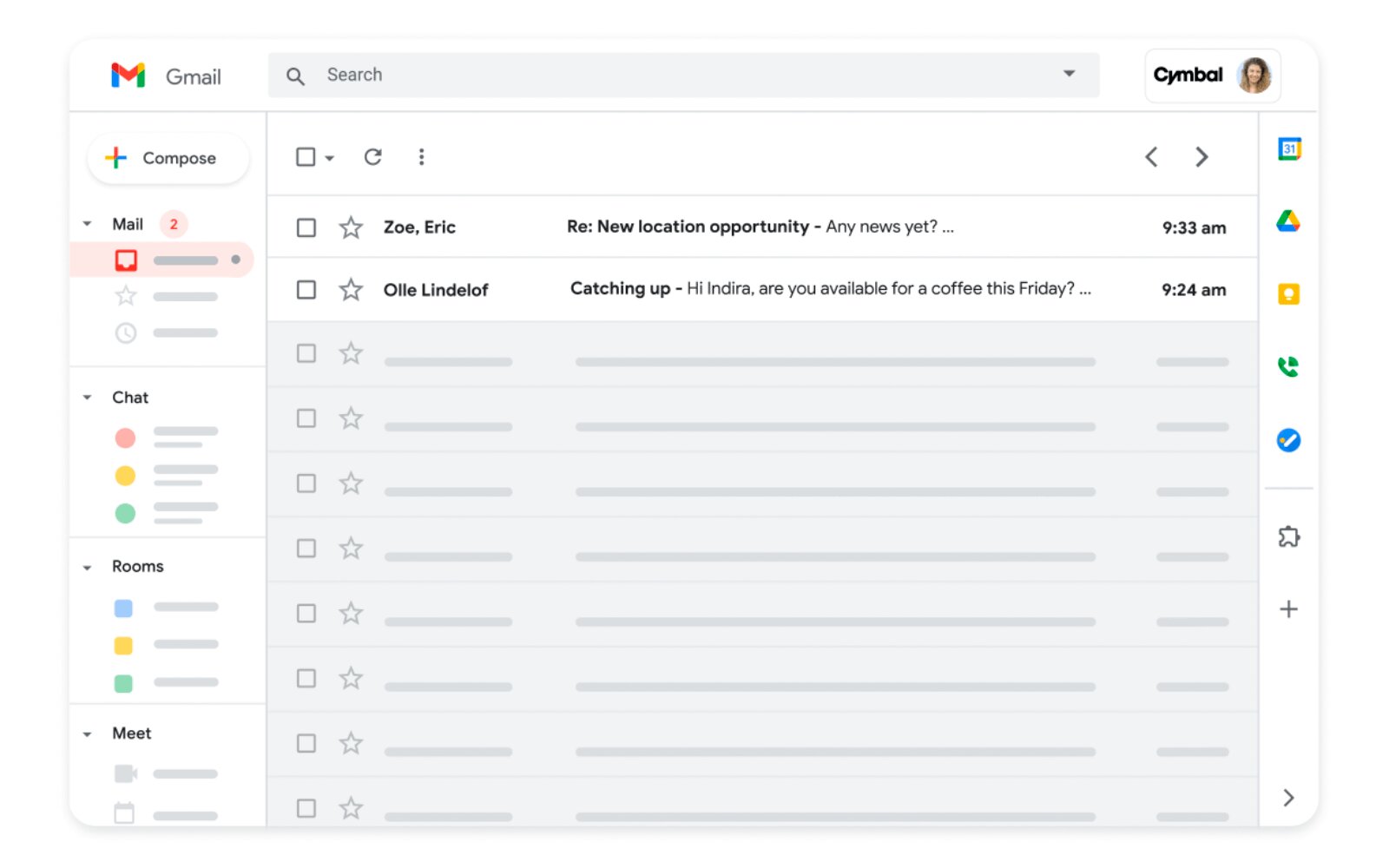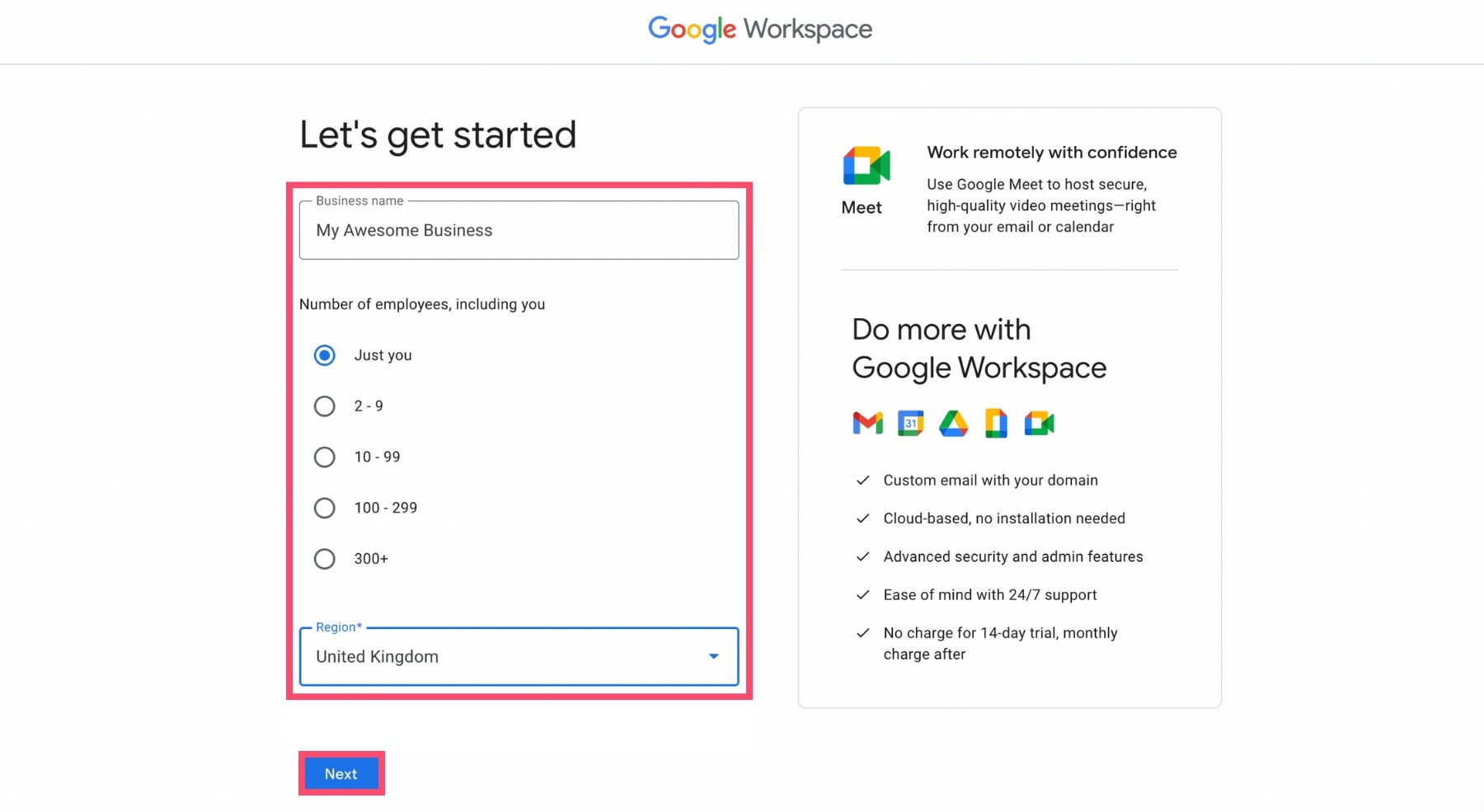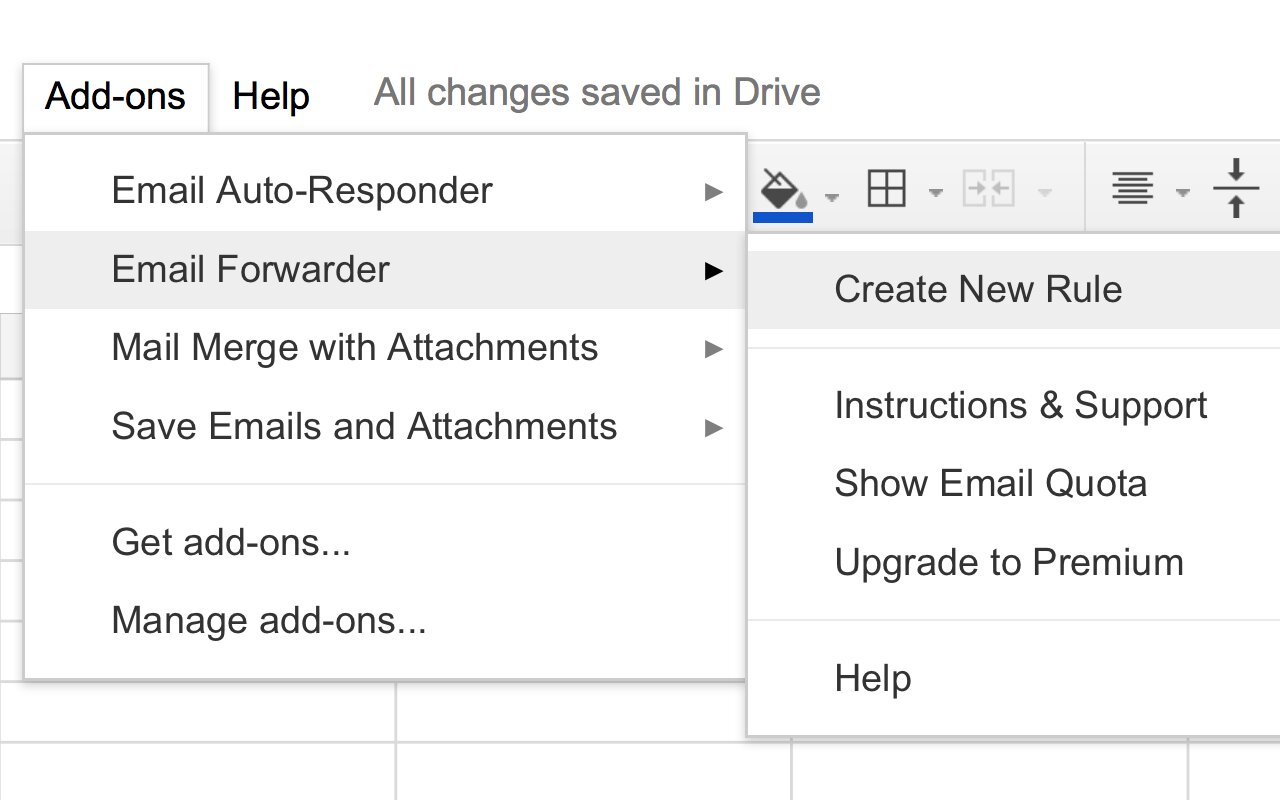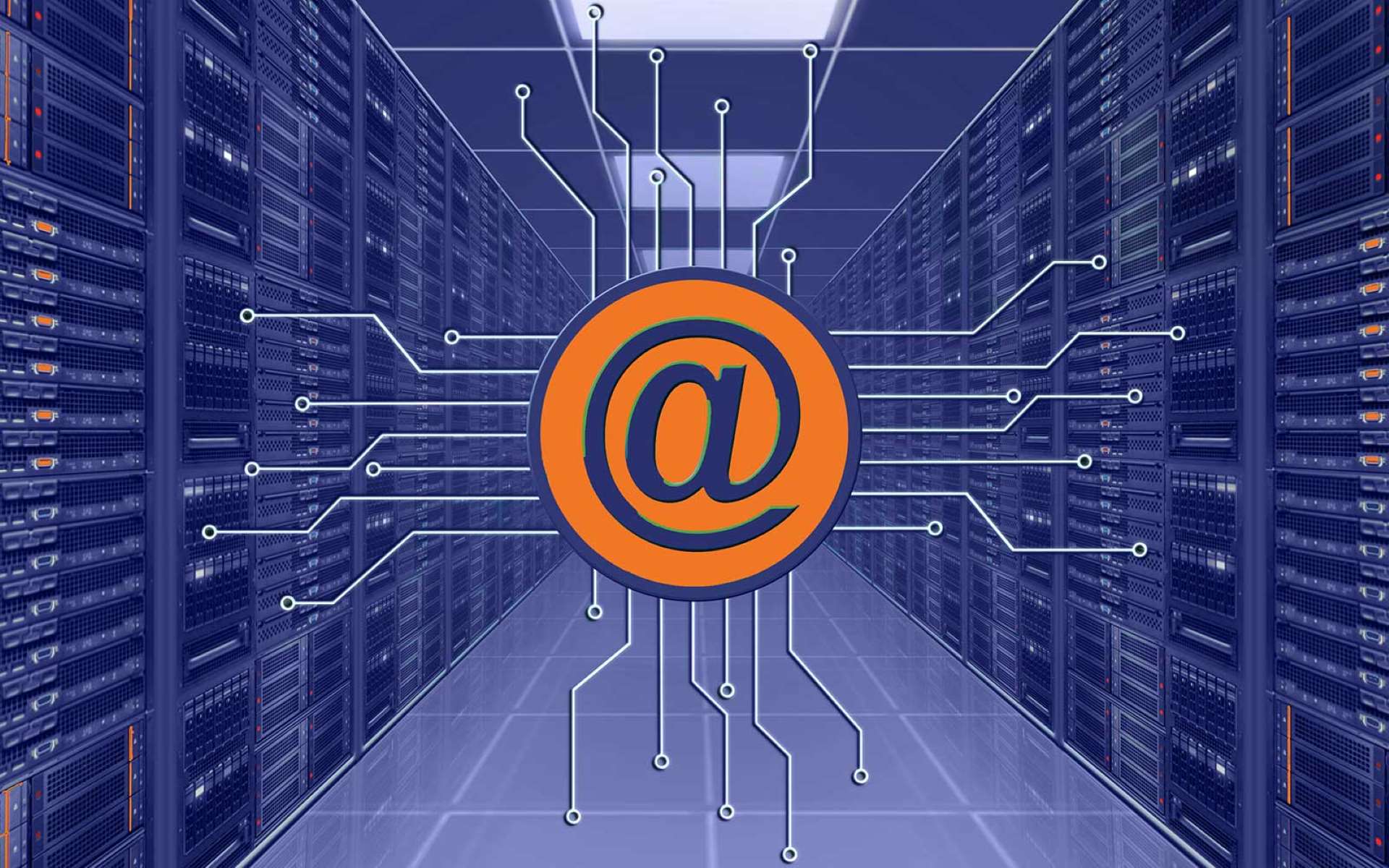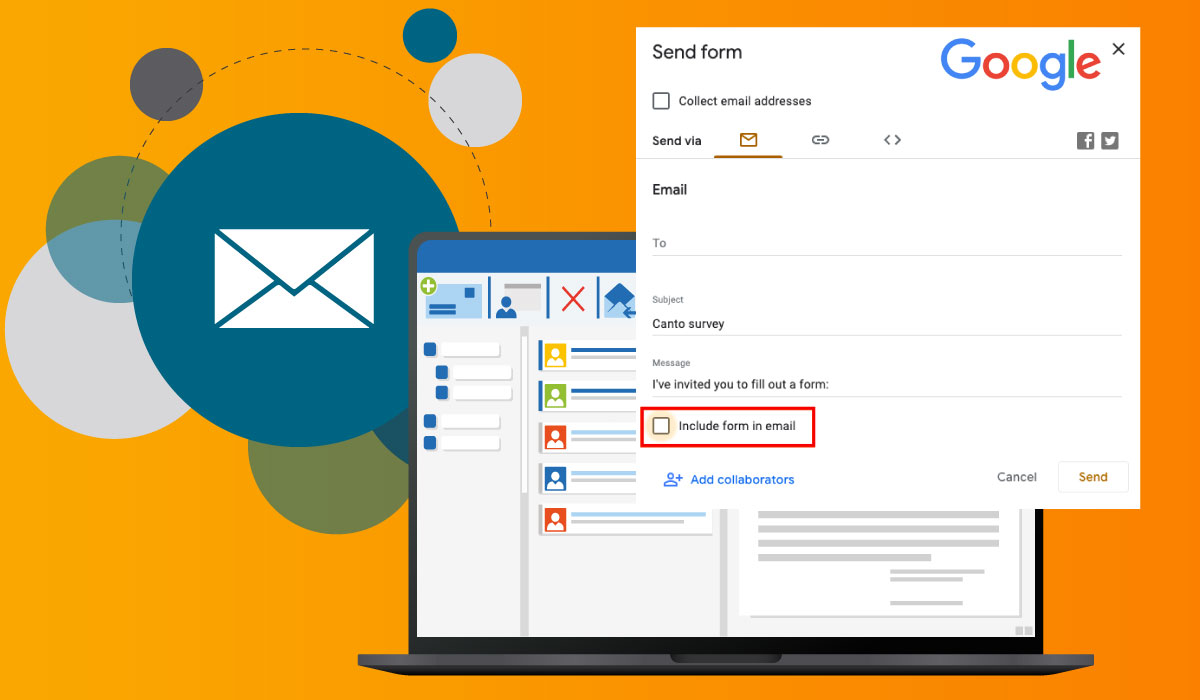Introduction
Shared mailboxes have become an essential tool for businesses and organizations, allowing teams to collaborate, streamline communication, and efficiently manage emails. With the rise of remote work and the need for seamless collaboration, creating a shared mailbox in Google Workspace can greatly enhance productivity and efficiency.
But what exactly is a shared mailbox? In simple terms, a shared mailbox is an email account that multiple users can access and manage. Instead of individuals having separate email accounts and managing their correspondence independently, a shared mailbox serves as a centralized hub where team members can collaborate and respond to emails collectively.
Utilizing shared mailboxes in Google Workspace offers numerous benefits for businesses of all sizes. Firstly, it promotes better communication and collaboration among team members. With a shared mailbox, everyone has access to the same set of emails, allowing for transparent and efficient communication across the organization.
Furthermore, shared mailboxes in Google Workspace simplify email management. Instead of having multiple accounts to monitor and respond to, team members can focus on a single shared mailbox, reducing the chance of overlooking important emails or duplicating efforts.
Creating a shared mailbox in Google Workspace is a straightforward process that can easily be accomplished with a few simple steps. In this guide, we will take you through the process of setting up a shared mailbox and configuring permissions and access to ensure smooth collaboration within your team.
Additionally, we will provide tips and best practices for effectively managing emails in a shared mailbox, ensuring nothing falls through the cracks and maintaining a high level of productivity.
So, whether you’re part of a small team or a larger organization, learning how to create and utilize a shared mailbox in Google Workspace can significantly improve your workflow and streamline your communication processes. Let’s dive in and take a closer look at how to harness the power of shared mailboxes.
What is a shared mailbox?
A shared mailbox is an email account that allows multiple users to access and manage it. Instead of having individual email accounts, a shared mailbox serves as a centralized hub where team members can collaborate and work together to respond to emails.
Shared mailboxes are commonly used in organizations, departments, or teams where there is a need for joint access to certain emails. They provide a way to consolidate emails related to a specific project, client, or department, making it easier for team members to collaborate and ensure that important messages are not missed.
Unlike regular email accounts, which are generally associated with an individual’s name, shared mailboxes are associated with a specific group or function within an organization. For example, a shared mailbox can be used for customer support inquiries, sales leads, or general inquiries. This allows multiple users to access and respond to emails sent to that specific mailbox.
Shared mailboxes in Google Workspace enable team members to access the mailbox through their individual Google Workspace accounts. This means that users can log in to their own accounts and switch to the shared mailbox to view and respond to emails. It provides a convenient way for team members to collaborate and share information without the need to log in to a separate email account.
One of the key advantages of using a shared mailbox is that it facilitates transparent communication and ensures that everyone involved has access to the same information. When team members have access to a shared mailbox, they can see all the emails that have been sent and received, allowing for better coordination and avoiding duplication of efforts.
Shared mailboxes also offer the advantage of maintaining a professional image for external communications. Instead of having multiple team members individually responding to emails, a shared mailbox allows for consistent branding and a unified voice in all communication with clients, customers, or external partners.
In summary, a shared mailbox is a powerful tool that allows multiple users to access and manage a central email account. By consolidating emails and facilitating collaboration, shared mailboxes improve efficiency, coordination, and professionalism within organizations.
Benefits of using shared mailboxes in Google Workspace
Utilizing shared mailboxes in Google Workspace offers numerous benefits for businesses and organizations. Let’s explore some of the key advantages:
- Efficient collaboration: Shared mailboxes allow for seamless collaboration among team members. Everyone with access to the shared mailbox can view, respond to, and manage emails, facilitating effective teamwork and reducing communication gaps.
- Centralized communication: With a shared mailbox, all communications related to a specific project, client, or department are consolidated in one place. This makes it easier to track and manage conversations, ensuring that nothing falls through the cracks.
- Improved productivity: By eliminating the need for individuals to check multiple email accounts, shared mailboxes save time and reduce the chance of missing important messages. This allows team members to focus on their work and be more productive.
- Transparency and visibility: Shared mailboxes provide transparency by allowing team members to see all emails that have been sent and received. This enhances visibility into ongoing conversations and ensures that everyone is on the same page, promoting better communication and coordination.
- Consistent and professional communication: With a shared mailbox, team members can provide consistent responses and maintain a professional image in all communications. This consistency is crucial for customer support, sales, or any other customer-facing interactions.
- Easy access and delegation: Google Workspace makes it easy to access and delegate tasks within a shared mailbox. Team members can log in to their individual accounts, switch to the shared mailbox, and assign or respond to emails as needed, ensuring a smooth workflow.
- Security and control: Shared mailboxes in Google Workspace offer advanced security features, such as two-factor authentication and encryption, ensuring the safety of sensitive information. Administrators can also set access and permission levels to control who can view, edit, or delete emails within the shared mailbox.
In summary, utilizing shared mailboxes in Google Workspace brings numerous benefits, including efficient collaboration, centralized communication, improved productivity, transparency, consistent communication, easy access and delegation, and enhanced security and control. These advantages make shared mailboxes a valuable tool for businesses and organizations looking to streamline their email management and enhance teamwork.
Step-by-step guide to creating a shared mailbox in Google Workspace
Creating a shared mailbox in Google Workspace is a simple process that can be accomplished in just a few steps. Let’s walk through the process together:
- Access the Google Workspace admin console: Log in to your Google Workspace admin console using your administrator account credentials.
- Navigate to the Groups section: In the admin console, go to the “Groups” section, which is where you can manage and create groups, including shared mailboxes.
- Create a new group: Click on the “Create Group” button to start creating a new group, which will serve as your shared mailbox.
- Set up group details: Provide the necessary details for your shared mailbox group, including the group name and email address. Choose a name and email address that clearly identify the purpose or team associated with the shared mailbox.
- Add group members: Add the team members who will have access to the shared mailbox by entering their email addresses. You can also choose to make the group members owners, managers, or members, depending on the access level you want to grant.
- Configure additional settings: Customize the settings for your shared mailbox group according to your requirements. You can set permissions, access levels, and other options to align with your team’s collaboration needs.
- Create the shared mailbox: Once you have provided all the necessary details and configured the settings, click on the “Create” or “Save” button to create the shared mailbox group.
- Configure email delivery settings: After creating the shared mailbox group, you may need to adjust the email delivery settings to ensure that emails sent to the shared mailbox are delivered to the group members. You can set up email aliases or configure email routing options as needed.
- Communicate and start using the shared mailbox: Inform the team members about the new shared mailbox and provide guidance on how to access and use it. Make sure everyone knows the purpose of the shared mailbox and understands their responsibilities for managing emails within it.
That’s it! You have successfully created a shared mailbox in Google Workspace. Now your team can start collaborating and managing emails effectively in a centralized environment.
Remember to regularly review and update the membership and settings of the shared mailbox group as your team and requirements evolve. This will ensure that the shared mailbox remains up-to-date and aligned with your organization’s needs.
Setting up permissions and access for shared mailbox
Once you have created a shared mailbox in Google Workspace, the next step is to configure permissions and access levels for the shared mailbox. This ensures that the right team members have appropriate privileges to effectively manage and collaborate within the shared mailbox. Here’s how you can set up permissions and access:
- Access the Google Workspace admin console: Log in to your Google Workspace admin console using your administrator account credentials.
- Navigate to the Groups section: In the admin console, go to the “Groups” section, where you can manage and configure settings for your shared mailbox group.
- Select the shared mailbox group: Find the shared mailbox group you created earlier and click on it to access the group settings.
- Choose group roles: Determine the roles that each team member will have within the shared mailbox group. Google Workspace offers different roles, such as owner, manager, and member, each with different access levels and privileges.
- Assign group roles: Assign the appropriate roles to each team member based on their responsibilities and the level of access they require. Owners and managers have more administrative control over the shared mailbox, while members have limited access to specific functions.
- Configure permissions: Set up specific permissions for the shared mailbox group. You can choose to allow or deny permissions for various actions, such as sending emails on behalf of the shared mailbox, managing members, or deleting emails.
- Review and save changes: Double-check all the settings and permissions you have configured for the shared mailbox group. Once you are satisfied, save the changes to apply them to the shared mailbox.
- Inform the team: Communicate the access levels and permissions to the team members who will be using the shared mailbox. Ensure that everyone understands their roles and responsibilities within the shared mailbox and how they can access and interact with it.
By properly setting up permissions and access for the shared mailbox, you can ensure that team members have the appropriate level of control and visibility to effectively collaborate and manage emails within the shared mailbox.
Remember to periodically review and update the permissions and access settings as the team evolves and the requirements change. This will ensure that the shared mailbox remains secure and aligned with your organization’s needs.
Managing emails in a shared mailbox
Once you have set up a shared mailbox in Google Workspace and configured the necessary permissions and access, it’s important to understand how to effectively manage the emails within the shared mailbox. Here are some key tips and practices for managing emails in a shared mailbox:
- Establish clear guidelines: Define guidelines and best practices for managing emails in the shared mailbox, ensuring that all team members are on the same page. Outline expectations for email response times, email labeling or categorization, and any specific protocols or workflows to follow.
- Implement email labeling: Use labels or tags to categorize and organize emails within the shared mailbox. Create labels for different types of inquiries, projects, or clients, making it easier to locate and prioritize emails.
- Assign email ownership: Designate specific team members to take ownership of certain emails or categories. This ensures that each email is addressed and followed up by the responsible team member, minimizing confusion and avoiding duplicate responses.
- Use email templates: Create a library of standardized email templates that can be used for common inquiries or responses. This saves time and ensures consistent communication when replying to similar email scenarios.
- Collaborate internally: Utilize internal communication tools, such as Google Chat or comments within Google Workspace, to discuss emails, seek input from team members, or share important information related to specific messages.
- Monitor and track progress: Regularly review the shared mailbox to ensure that all emails are being attended to and responses are provided in a timely manner. Use read receipts or email tracking features to determine which emails have been opened or actioned.
- Implement email archiving: Set up a process for archiving or deleting emails that are no longer needed or relevant. This helps maintain a clean and organized shared mailbox, preventing it from becoming cluttered or overwhelming.
- Regularly review and update access permissions: Periodically review the access permissions of team members within the shared mailbox. Remove access for team members who no longer require it or add new members as needed.
- Train and provide ongoing support: Offer training sessions or resources to help team members effectively manage emails in the shared mailbox. Provide ongoing support to address any questions or challenges that arise.
By following these practices, you can ensure that emails within the shared mailbox are handled efficiently, priorities are addressed, and seamless collaboration is maintained among team members.
Remember, maintaining good email management practices and regular communication among team members are key to maximizing the benefits of a shared mailbox in Google Workspace.
Best practices for utilizing shared mailboxes effectively
To make the most out of shared mailboxes in Google Workspace, it’s important to follow some best practices. These practices can help ensure efficient collaboration, streamlined communication, and effective management of shared mailboxes. Here are some tips to utilize shared mailboxes effectively:
- Clear communication: Establish guidelines for using the shared mailbox and communicate them to all team members. This includes expectations for response times, email categorization, and any specific protocols to follow.
- Organize emails: Use labels, folders, or categories within the shared mailbox to keep emails organized and easy to locate. This makes it simpler for team members to find specific emails and ensures nothing gets lost in the shuffle.
- Assign responsibilities: Clearly define roles and responsibilities within the shared mailbox. Assign specific team members to handle certain types of inquiries or projects to ensure accountability and avoid confusion.
- Use email templates: Create and utilize pre-defined email templates for common types of inquiries or responses. Templates save time and help maintain consistency in communication.
- Collaborate internally: Utilize collaboration tools within Google Workspace, such as shared notes or comments, to collaborate and share information on specific emails.
- Regularly track progress: Monitor the shared mailbox to ensure timely responses and follow-ups. Read receipts or email tracking features can help in tracking progress and identifying any pending emails.
- Maintain security: Ensure that access to the shared mailbox is limited to authorized team members. Regularly review and update access permissions to prevent unauthorized access.
- Be mindful of privacy: Ensure sensitive or confidential information is handled appropriately within the shared mailbox, taking necessary precautions to avoid accidental sharing or exposure.
- Clean up regularly: Regularly review and clean up the shared mailbox by archiving or deleting unnecessary emails. This keeps the mailbox organized and prevents it from becoming cluttered.
- Provide training and support: Offer training sessions or resources to help team members effectively use shared mailboxes. Provide ongoing support to address any questions or issues.
Following these best practices will help maximize the benefits of shared mailboxes in Google Workspace. By establishing clear guidelines, promoting organization, assigning responsibilities, and utilizing collaboration tools, your team can effectively manage communication and streamline workflow within the shared mailbox.
Remember, regular communication and periodic reviews of practices will ensure that the shared mailbox continues to meet the evolving needs of your team and organization.
Conclusion
Creating and utilizing shared mailboxes in Google Workspace can significantly enhance collaboration, streamline communication, and improve email management within teams and organizations. By following the step-by-step guide, setting up permissions and access, managing emails effectively, and implementing best practices, you can harness the power of shared mailboxes to boost productivity and efficiency.
Shared mailboxes provide a centralized hub for team members to access and collaborate on emails, ensuring transparency, consistent communication, and better coordination. They simplify email management by consolidating emails related to specific projects, clients, or departments, preventing messages from being overlooked or duplicated.
By properly configuring permissions and access levels, you can ensure that team members have the appropriate privileges to manage the shared mailbox effectively and maintain data security. Regularly reviewing and updating access permissions is crucial to ensuring the shared mailbox remains secure and aligned with the changing needs of your organization.
Implementing best practices, such as clear communication, email organization, assigning responsibilities, using templates, and collaborating internally, will further optimize the utilization of shared mailboxes. Regularly monitoring progress, maintaining security and privacy, cleaning up emails, and providing training and support are essential to the successful implementation and ongoing effectiveness of shared mailboxes.
Utilizing shared mailboxes in Google Workspace is a valuable strategy for businesses and organizations looking to enhance productivity, streamline email management, and improve collaboration. By implementing these best practices, your team can leverage the benefits of shared mailboxes to optimize workflow, improve communication, and achieve better outcomes.
So, whether you’re part of a small team or a large organization, embracing shared mailboxes in Google Workspace can transform the way you handle emails and collaborate with your teammates. Start implementing these strategies today and unlock the full potential of shared mailboxes in your work environment.







